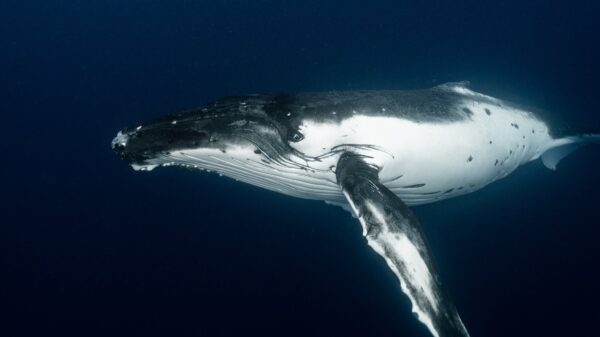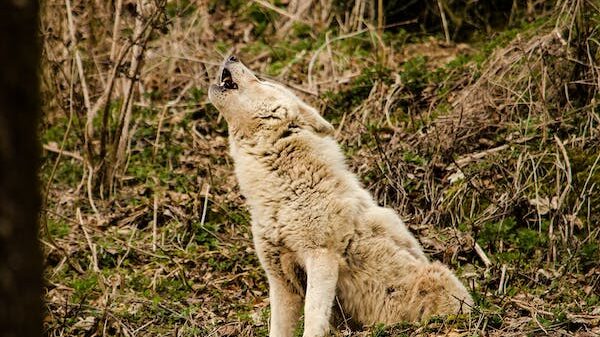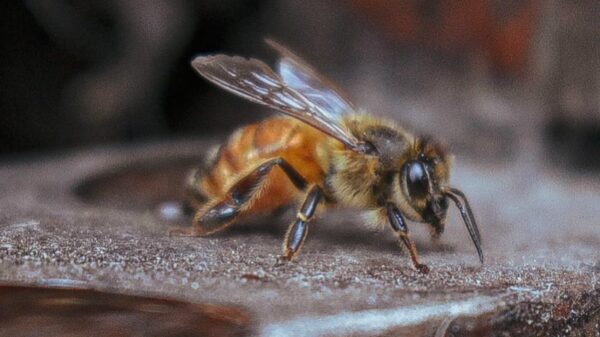Welcome to a world where our wildlife is in peril. With dwindling populations and ever-increasing threats, it’s time for us to take action. In this blog post, we’ll explore the importance of endangered species conservation and what you can do to protect our precious wildlife from extinction. From habitat destruction to climate change, there are many factors contributing to the decline of animal populations around the globe. But with knowledge and commitment, we can make a difference. So join us on this journey as we delve into the critical issue of protecting endangered species and discover how you too can play your part in preserving our planet’s biodiversity!
Introduction to Endangered Species Conservation
Endangered species are those plants and animals that are in danger of becoming extinct. Many factors can contribute to a species becoming endangered, including habitat loss, climate change, and human activity.
Endangered species conservation is the practice of protecting these plants and animals from extinction. This can be done through various means, such as creating protected areas, restoring habitats, and managing human activities.
Endangered species conservation is important because it helps to protect the biodiversity of our planet. Biodiversity is the variety of plant and animal life on Earth, and it is essential for the health of ecosystems. By conserving endangered species, we can help to ensure that biodiversity is maintained.
There are many ways that you can get involved in endangered species conservation. You can support organizations that work to protect endangered species, donate to conservation efforts, or spread awareness about the importance of conservation. Every little bit helps!
Causes of Endangered Species
There are many causes of endangered species. The main cause is loss of habitat due to human activity such as deforestation, urbanization, and agriculture. Other causes include pollution, hunting, and climate change.
Loss of habitat is the main cause of endangerment for many species. Habitat loss can be caused by many things, but the most common cause is human activity. Deforestation, urbanization, and agriculture all result in habitat loss. When natural habitats are destroyed or altered, it can cause animals to lose their homes and their food sources. This can lead to a decline in populations and eventually extinction.
Pollution is another major threat to wildlife. Many chemicals and pollutants can contaminate the air, water, and soil. These toxins can harm or even kill animals that come into contact with them. Hunting is another threat to wildlife populations. In some areas, hunting pressure can be so high that it causes a decline in animal numbers. And finally, climate change is an emerging threat that could have a devastating impact on wildlife populations in the future. Warming temperatures and changes in precipitation patterns could alter habitats and make it difficult for animals to find food and survive.
Efforts to Conserve Endangered Species
There are many ways to help conserve endangered species. One way is to support organizations that are working to protect them. Another way is to educate yourself and others about the importance of conservation. You can also take action in your own community to help protect local wildlife.
Organizations such as the World Wildlife Fund and the National Wildlife Federation work to protect endangered species and their habitats. You can support their efforts by becoming a member, making a donation, or volunteering your time.
Education is another important part of conservation. By learning about the threats faced by endangered species, you can help raise awareness and encourage others to take action. There are many resources available online and from libraries and museums.
You can also take action in your own community. For example, you can participate in local cleanups or habitat restoration projects. You can also join a citizen science project or start your own! Citizen science projects allow ordinary people to collect data that helps scientists understand and protect wildlife.
Benefits of Conserving Endangered Species
There are many reasons to conserve endangered species. For one, it is our moral responsibility to protect these animals from extinction. Additionally, conserving endangered species can have significant positive impacts on the environment and local economies.
Protecting endangered species can help maintain the balance of ecosystems. When one species becomes extinct, it can disrupt the entire food chain and have ripple effects throughout the ecosystem. For example, the loss of large predators can lead to an increase in herbivores, which can then cause a decline in plant life. This can ultimately lead to soil erosion and other problems.
In addition, conserving endangered species can provide economic benefits. For instance, ecotourism is a growing industry that relies on healthy wildlife populations. If we lose endangered species, we may also lose out on the valuable tourism dollars they bring in. Furthermore, many pharmaceutical companies rely on plants and animals for their research and development; if we lose these species, we may also lose potential new cures for diseases.
Steps You Can Take to Help Protect Wildlife
There are many ways that you can help to protect wildlife and their habitats. Here are a few things that you can do:
1. Learn about the issues. Be sure to read up on the latest news and information about endangered species and what is being done to help them. This will help you be more informed when making decisions about how to best help them.
2. Support organizations that are working to protect endangered species. This could include donating money or time, or spreading the word about their work.
3. Make responsible consumer choices. Be mindful of the products you buy and whether they might be contributing to habitat destruction or wildlife exploitation. Choose environmentally friendly products whenever possible.
4. Write to your representatives and let them know that you care about endangered species conservation. Urge them to support policies and legislation that will help protect wildlife and their habitats.
5
Examples of Successful Conservation Projects
There are many examples of successful conservation projects that have had a positive impact on endangered species populations. One such project is the reintroduction of the endangered black-footed ferret to western North America.
The black-footed ferret was once thought to be extinct, but a small population was discovered in Wyoming in 1981. Since then, conservation efforts have been underway to protect and increase the population of this species.
To date, over 700 black-footed ferrets have been released into the wild in Wyoming, Montana, South Dakota, and Arizona. The population of this species has increased significantly as a result of these conservation efforts, and it is now thought to number around 2,000 individuals.
Other successful conservation projects include the captive breeding and release of bald eagles in the United States, the reintroduction of grey wolves to Yellowstone National Park, and the establishment of protected areas for tigers in India. All of these projects have helped to improve the status of endangered species and promote their recovery.
Conclusion
Endangered species conservation is a vital part of preserving our planet’s biodiversity. It is essential to take action now and raise awareness for the many endangered species that are in need of protection. From learning about the threats they face, to engaging in conservation efforts both locally and internationally, there are countless ways we can help protect wildlife from extinction. Together, let us work together to ensure that future generations will be able to enjoy the wonders of nature!










